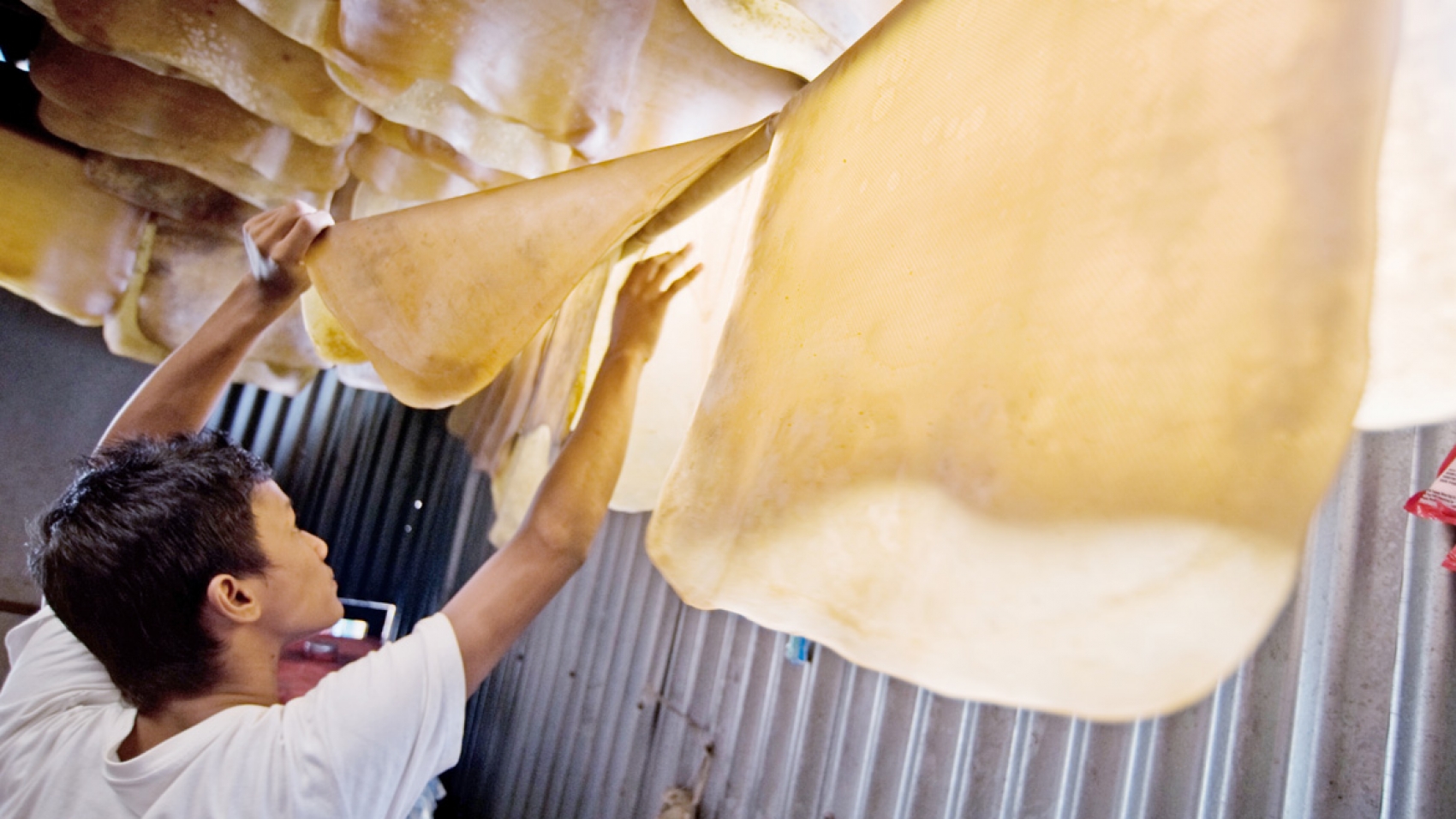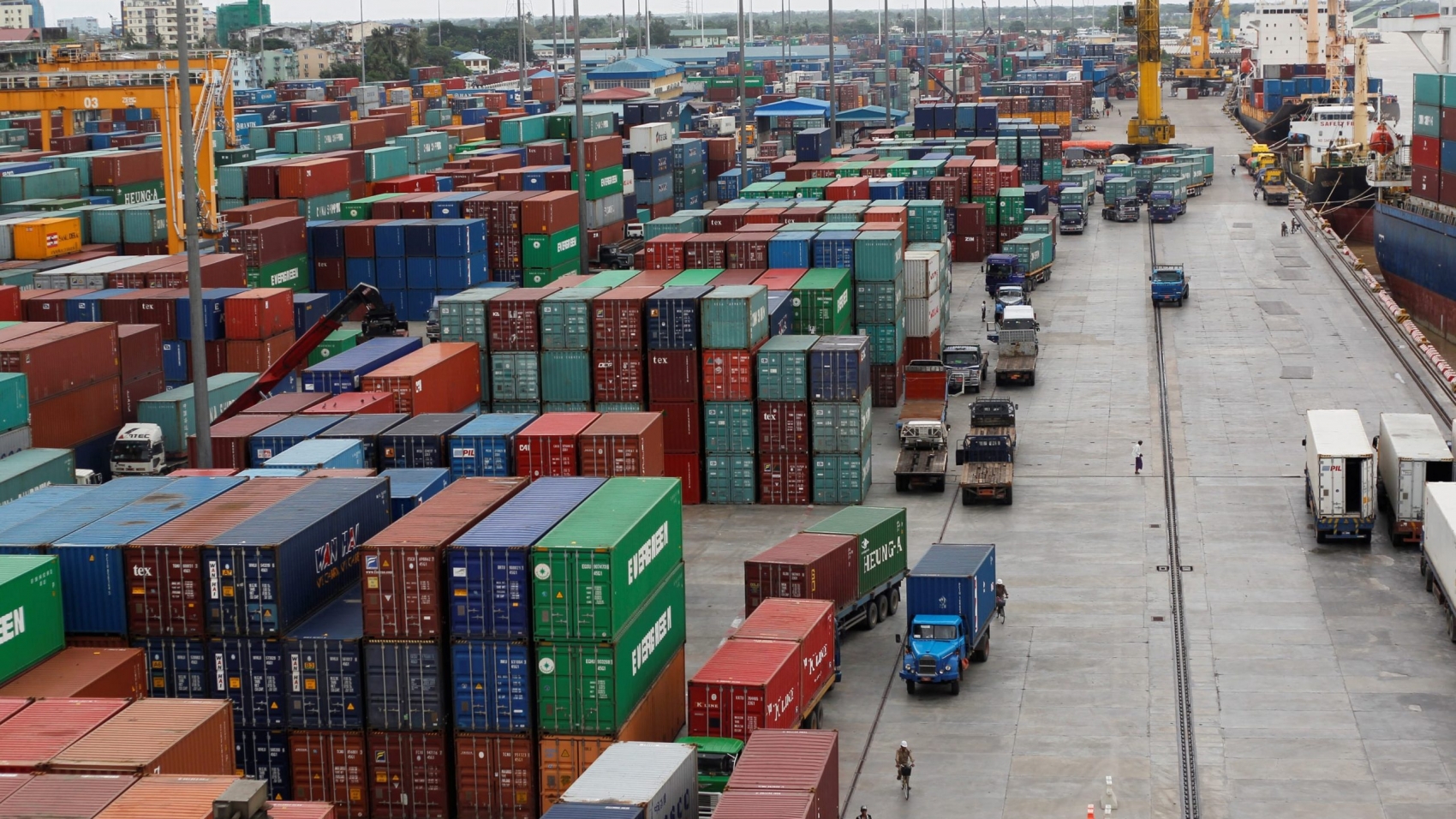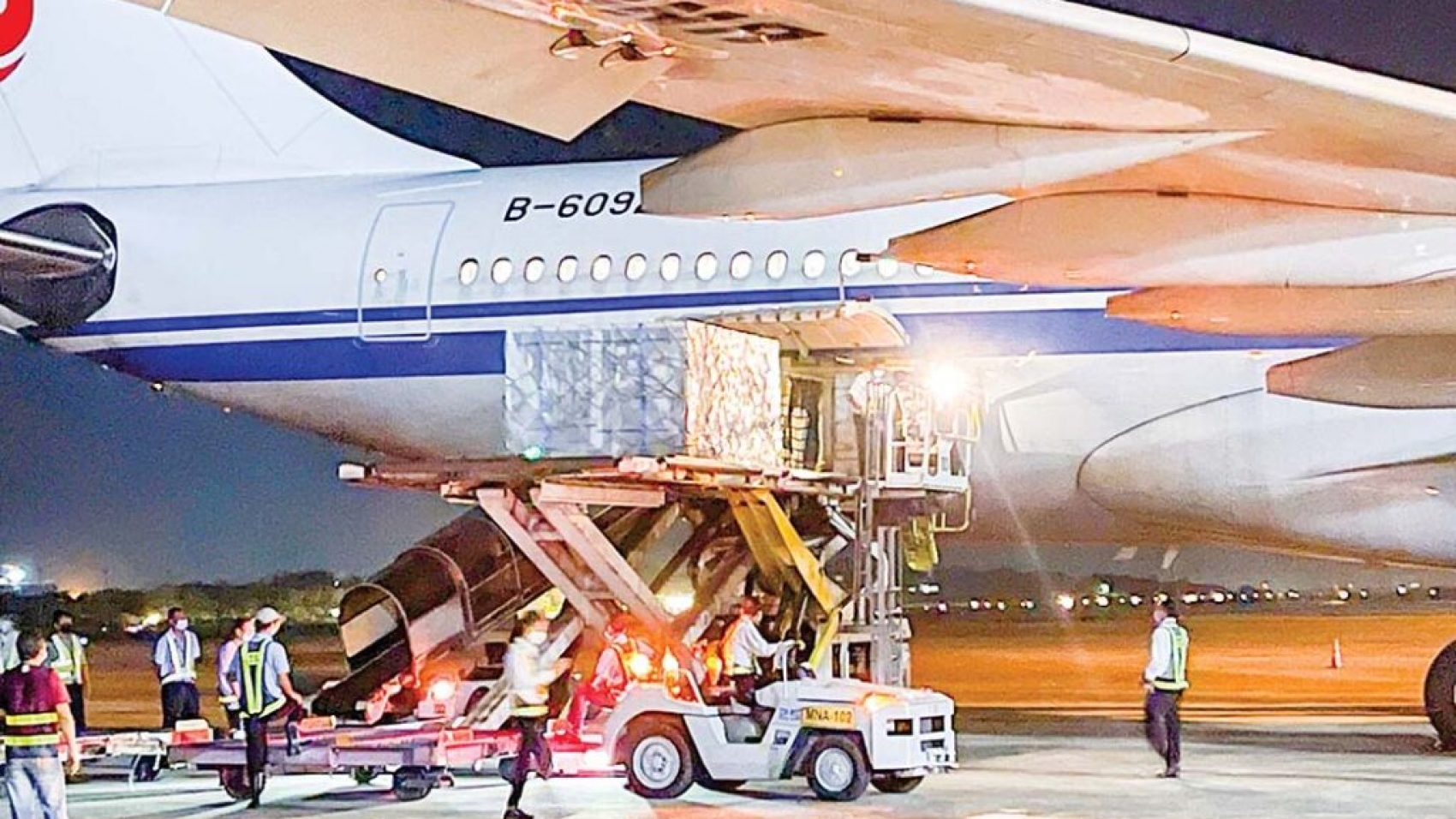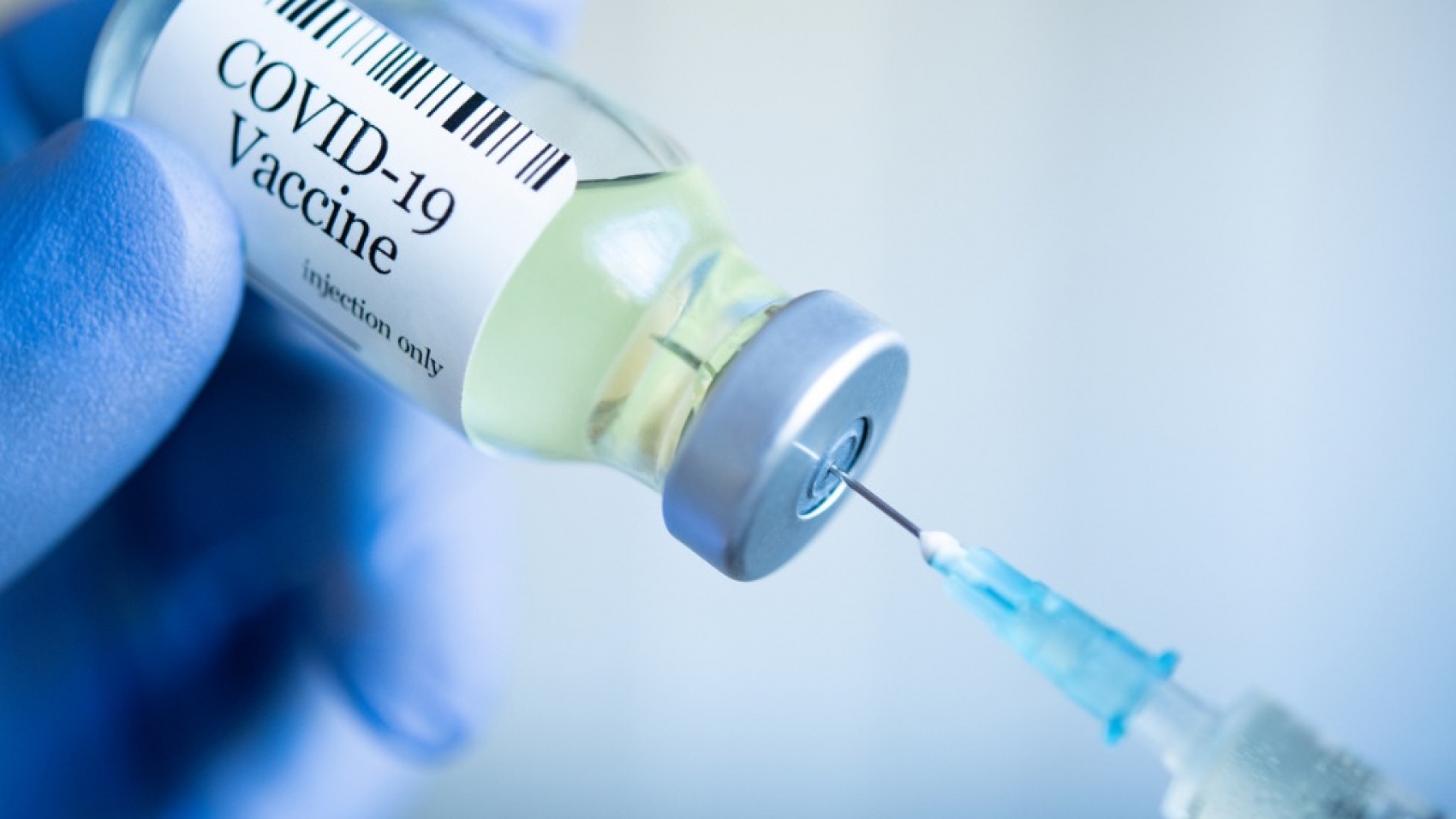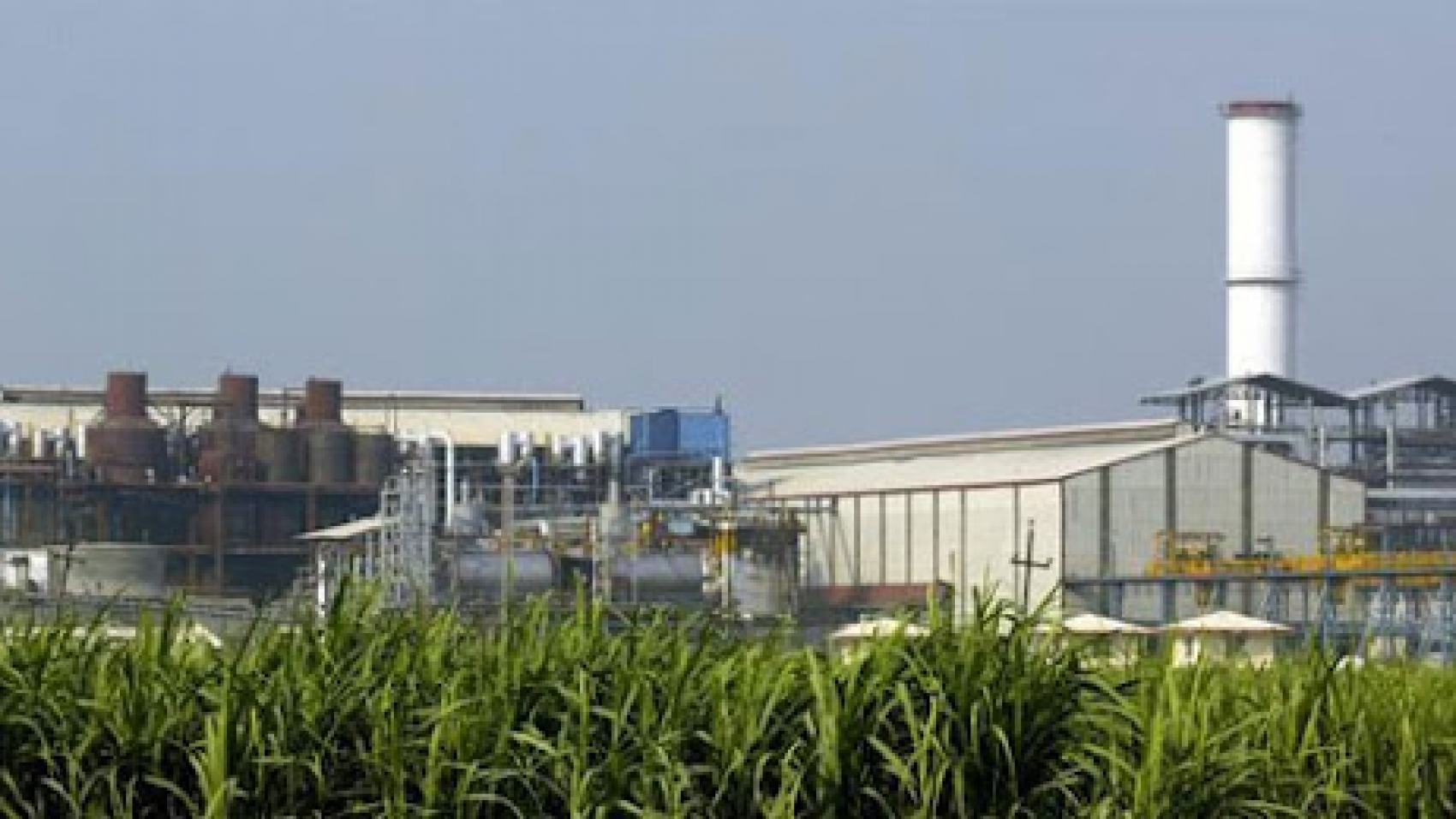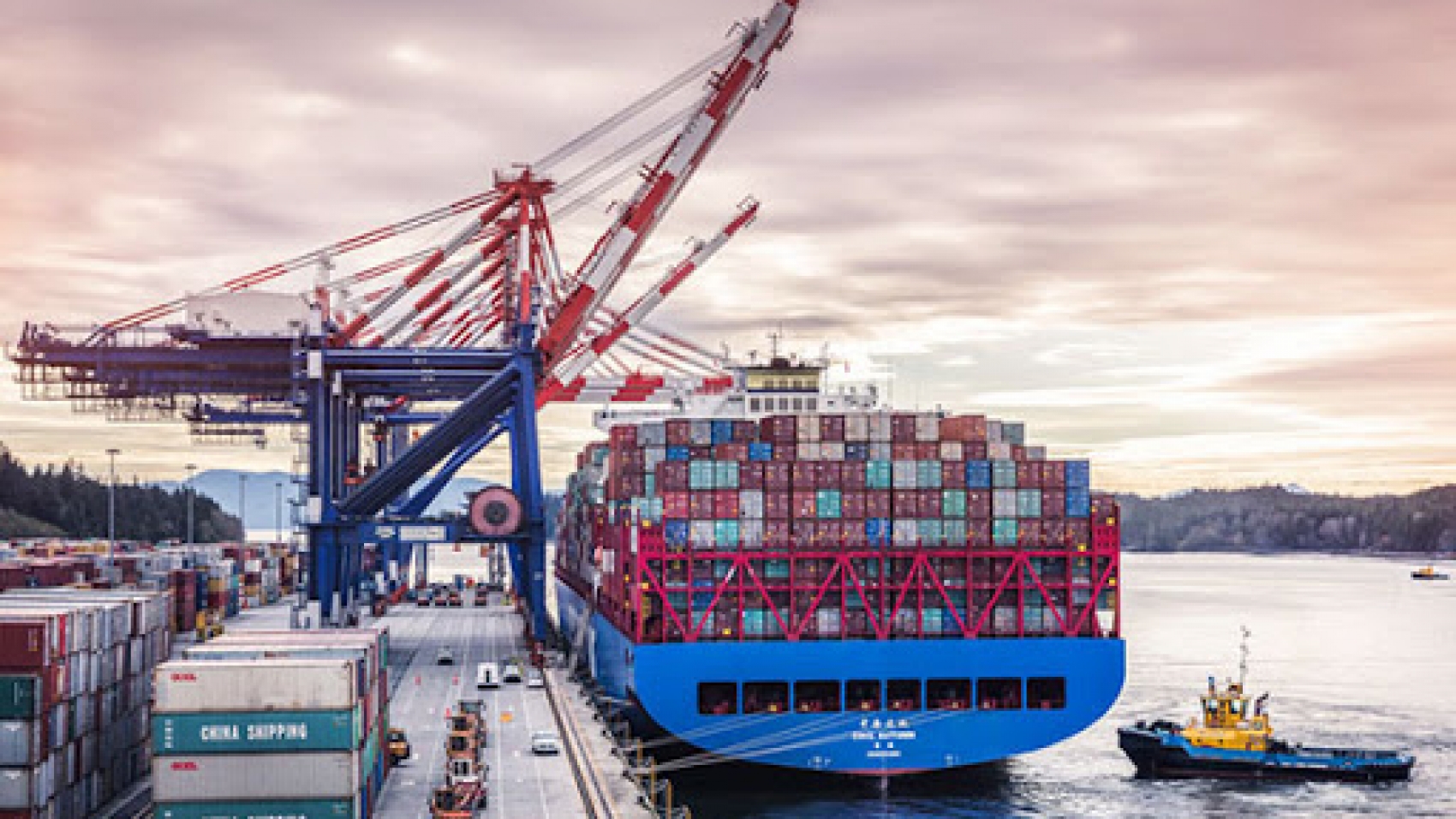The price of rubber is unlikely to drop as long as there is a steady demand and Kyat devaluation against the US dollar continues, according to rubber traders. The rubber was offered at a minimum price of K700-K800 per pound in the previous years, whereas it is priced at about K970-K980 per pound at present. The price hit above K1,000 per pound in early October 2020. Then, it dipped slightly owing to the Kyat revaluation in the local forex market. Despite the drop in rubber price, the prices of cement, acid and other inputs used in rubber processing are rising, traders said.
Chinese authorities from Yunnan Province, which is close to Myanmar’s Chinshwehaw border in Shan State, gave the go-ahead to import the four industrial crops from Myanmar, including sugarcane, rubber, tragacanth gum and cotton. As a result of this, the trade channel is reopened again. The rubber price is possible to fluctuate around K1,000 per pound. China usually purchases Local 3 and RSS 5 varieties which are mainly produced in Myanmar, a trader shared an opinion. The rubber-tapping season started in September and the natural rubber is flowing into the market.
However, the price is not possible to fall to K700-K800 per pound on account of growing demand and Kyat depreciation on the US dollar. Rubber is primarily produced in Mon and Kayin states and Taninthayi, Bago, and Yangon regions in Myanmar. As per the 2018-2019 rubber season’s data, there are over 1.628 million acres of rubber plantations in Myanmar, with Mon State accounting for 497,153 acres, followed by Taninthayi Region with 348,344 acres and Kayin State with 270,760 acres. About 300,000 tonnes of rubber is produced annually across the country. Seventy per cent of rubber produced in Myanmar goes to China. It is also shipped to Singapore, Indonesia, Malaysia, Viet Nam, the Republic of Korea, India, Japan, and other countries, according to the Myanmar Rubber Planters and Producers Association. Myanmar’s rubber export generated more than US$425.25 million as of August (October-August) of the financial year 2020-2021.
Source: The Global New Light of Myanmar

